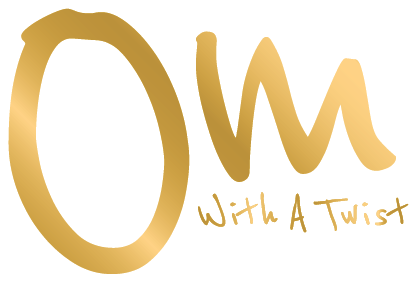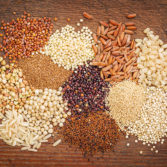The Facts About Gluten-Free!
Ok, so lets break this down.
What is Gluten?
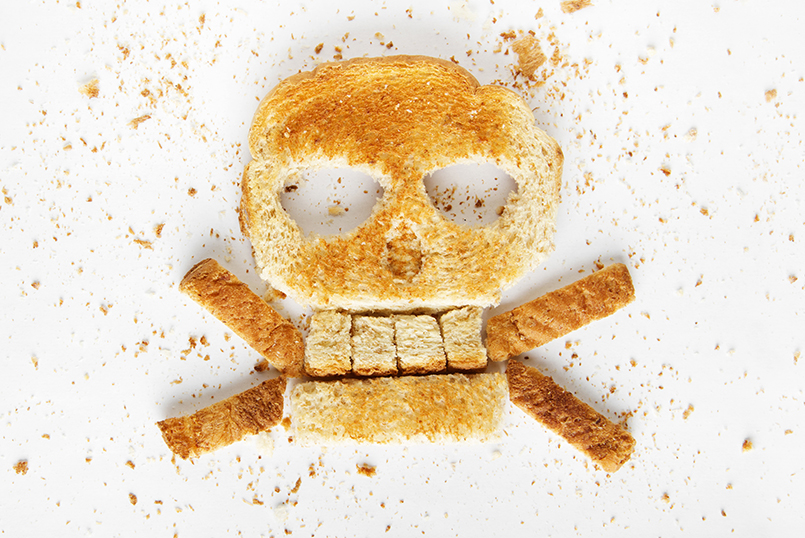
Gluten is a name for a group of proteins found in wheat (wheat berries, durum, emmer, semolina, spelt, farina, farro, graham, khorasan wheat and einkorn), rye, barley and triticale (a cross between wheat and rye). Wheat is the most commonly eaten gain of these. When flour-containing gluten is mixed with water, the proteins form a sticky network that has a glue-like consistency that gives the dough elastic texture, hence the name glu-ten. (Derived from this glue-like property of wet dough).
Why do some people need to have a gluten-free diet?
Most people can digest gluten just fine. A gluten-free diet is not designed to help you lose weight. It is a specific diet for people who either have celiac disease, gluten sensitivity or an allergy.
What is Celiac disease?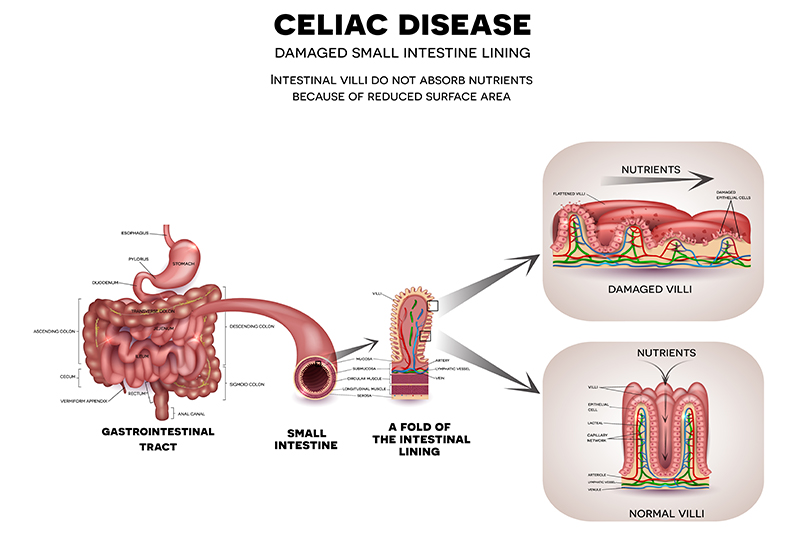
Celiac disease (also called Coeliac disease) is the most severe kind of gluten intolerance and affects 0.7 to 1% of the total American population.
This is an autoimmune disorder and involves the body treating gluten as a foreign invader. The immune system attacks the gluten, as well as the lining of the gut causing symptoms like digestive discomfort, tissue damage in the small intestine, bloating, diarrhea, constipation, headache, tiredness, skin rashes, depression, weight loss and foul-smelling feces. Some people with Celiac disease get no digestive symptoms at all, which makes the disease very hard to diagnose.
If you are suspicious about having Celiac disease, make sure you have a gastrointestinal specialist check it out, as it is impossible to self diagnose it. People with Celiac disease should have a 100% gluten-free diet.
What is Gluten Sensitivity?
Many people test negative to Celiac disease but suffer from symptoms like diarrhea, stomach pain, bloating and tiredness after consuming food with gluten. This condition is called Non-Celiac Gluten Sensitivity. People who have gluten sensitivity should avoid food with gluten if they are feeling better after doing so.
Now the problem is, that many people think that a gluten free diet equals to a healthy diet, which is not entirely true! It is important to understand that just because a food is gluten-free it is not lower in calories or preservatives. A gluten-free cookie is still a cookie and does not magically have fewer calories than a regular cookie. In fact, most gluten-free baked goods have more additives, excess sugar, and nutrient-empty ingredients like tapioca starch, as well as GMO corn and soy and have much lesser fiber! Also, not all gluten-free products are organic. If you do not have celiac disease, gluten sensitivity or wheat allergy a gluten-free diet is not necessary and may actually nutritionally compromise your diet.
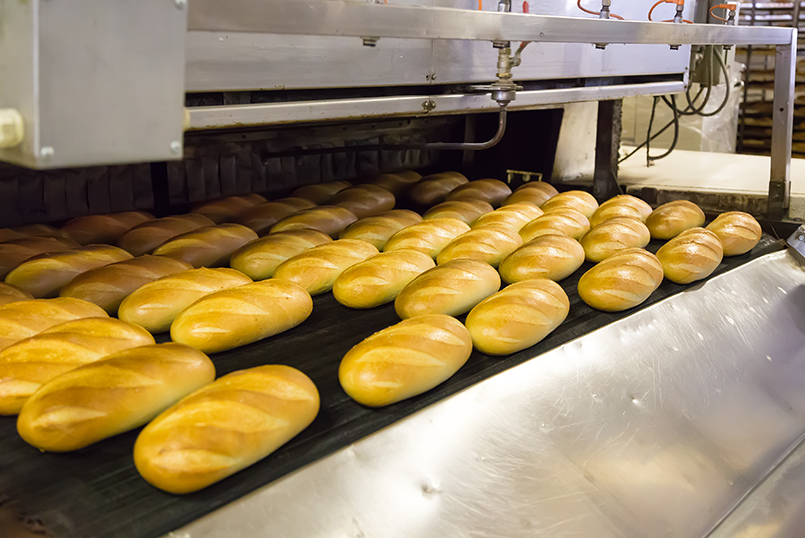
If you are trying to avoid gluten or want to experiment with a gluten-free diet, I recommend sticking to real, unprocessed gluten-free grains, beans, vegetables and fruit and get organic as much as possible. I would avoid gluten-free bread, pasta, and pizza crust or baked goods, unless I am making them at home with healthy substitutes, like using cauliflower to make pizza crust, quinoa or coconut flour for backing and collard greens instead of tortillas for wraps. Here is a list of gluten-free grains:
Here is a list of gluten-free grains:
1.Sorghum
2.Millet
3.Brown Rice
4. Buckwheat
5. Wild Rice
6.Amaranth
7.Quinoa
8.Corn (polenta)
9.Teff
10.Oats
So next time you hear “gluten-free” don’t forget to ask if the food you are about to eat is organic or is it loaded with GMOs and additives that can do more harm to your health than good.
I hope you found this information helpful. If you have friends who are trying to go gluten-free please share this with them. I would love to hear your comments below.
Much Love,
Uma
